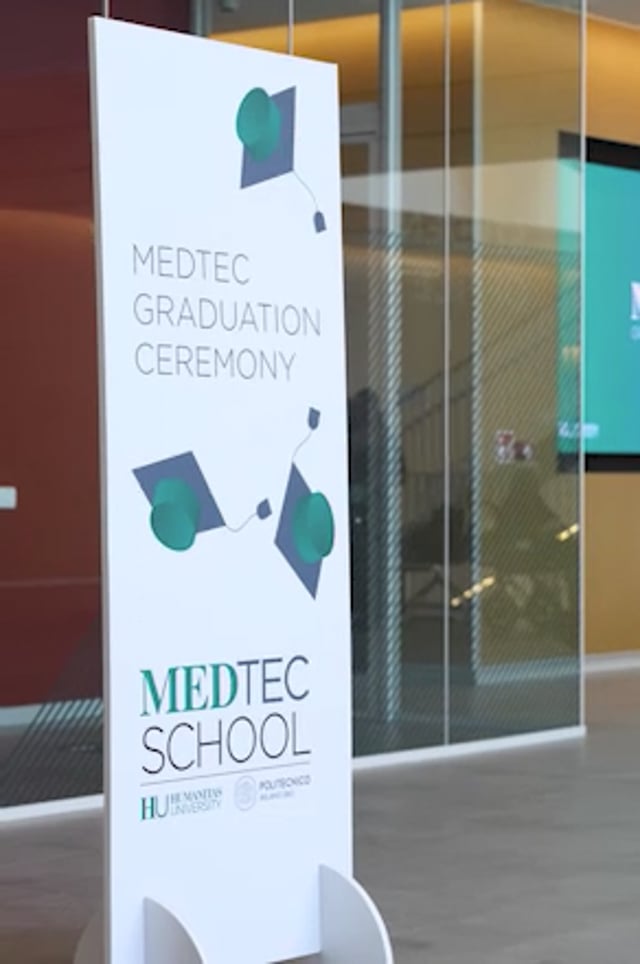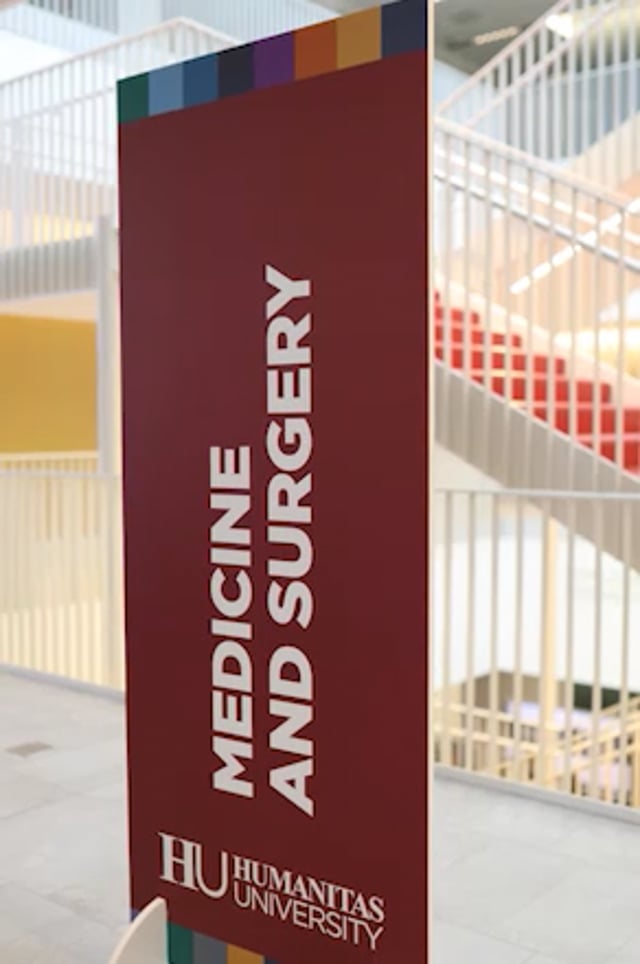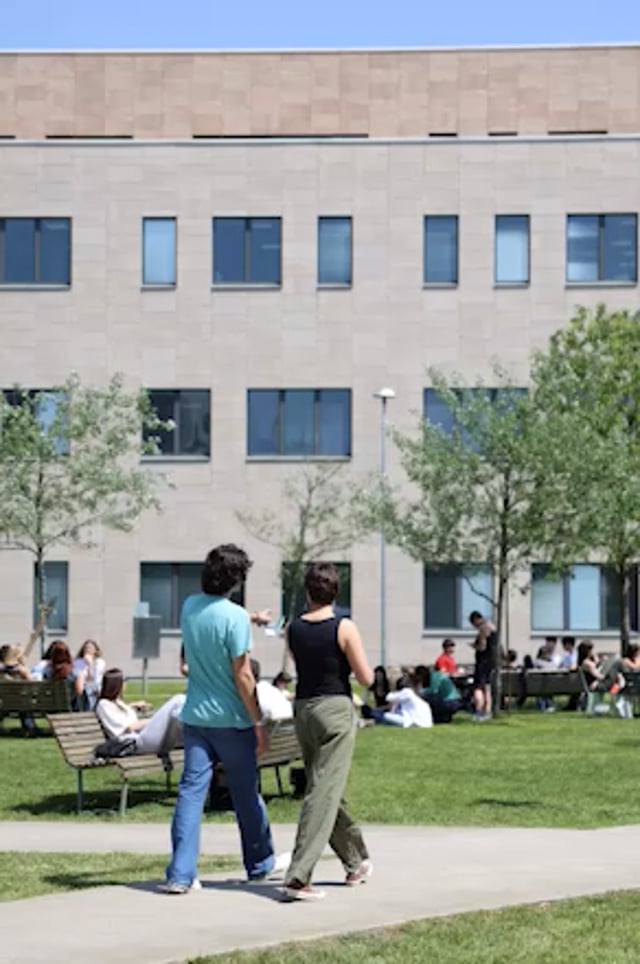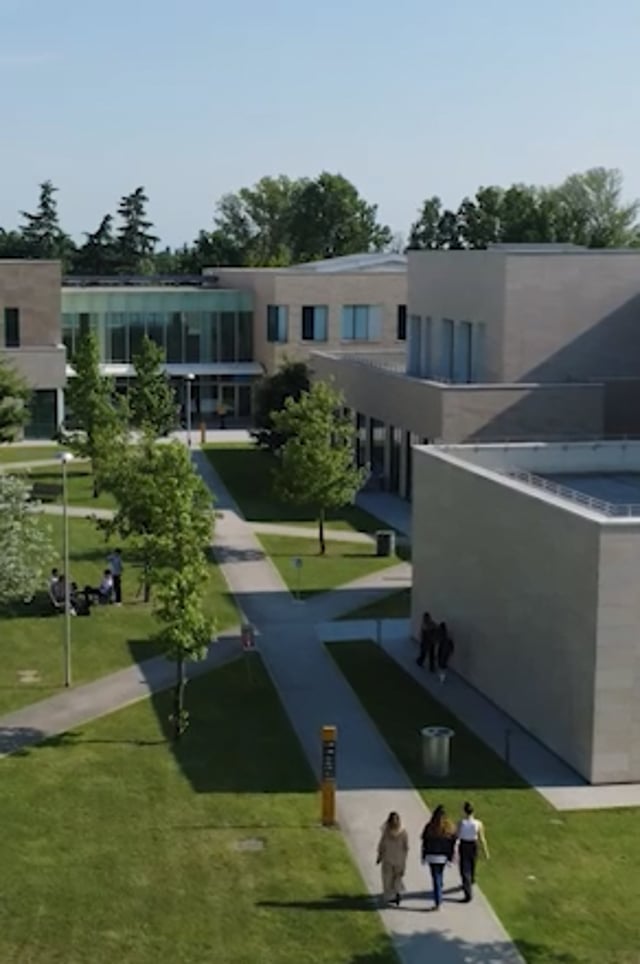The degree course is distinguished by its scientific approach to osteopathic sciences, combining the study of research methodology with both theoretical and practical learning of various osteopathic techniques.
Humanitas University aims to train osteopaths with advanced professional skills and a strong foundation in scientific methodology.
Study Plan
The training programme is structured so that, in the first year, students acquire foundational knowledge and technical skills. Specifically, the first semester focuses on Biological Sciences, Anatomy and Physiology, History of Medicine, and Osteopathic Principles. The second semester is dedicated to Biomechanics and Osteopathic Sciences, as well as the acquisition of scientific skills through courses in Clinical Epidemiology, Research Methodology, and the principles of Evidence-Based Medicine (EBM). These are complemented by practical Journal Club sessions involving guided reading of scientific articles, enabling students to integrate clinical knowledge with scientific literature.
In the second year, the first semester covers Medical Pathology and Semiotics, including instrumental and laboratory examinations. The second semester focuses on preparatory subjects for clinical osteopathic practice, such as Professionalism, Pharmacology, and Osteopathic Clinical Reasoning.
The third year is dedicated to the principles of osteopathic integration and clinical practice across various areas of care, including musculoskeletal, obstetric-gynecological, pediatric, and geriatric fields. It also provides insight into the structure of the national healthcare system and the potential integration of osteopathic services within it. Additionally, students are introduced to Artificial Intelligence, with a focus on the basics of Machine Learning and Data Science, to support scientific data collection and the development of osteopathic research projects in collaboration with other healthcare professionals.
Professionalising activities include skills labs in simulated settings, as well as clinical internships tailored to the specific learning objectives of each academic year. These are carried out under the supervision of experienced osteopaths.



